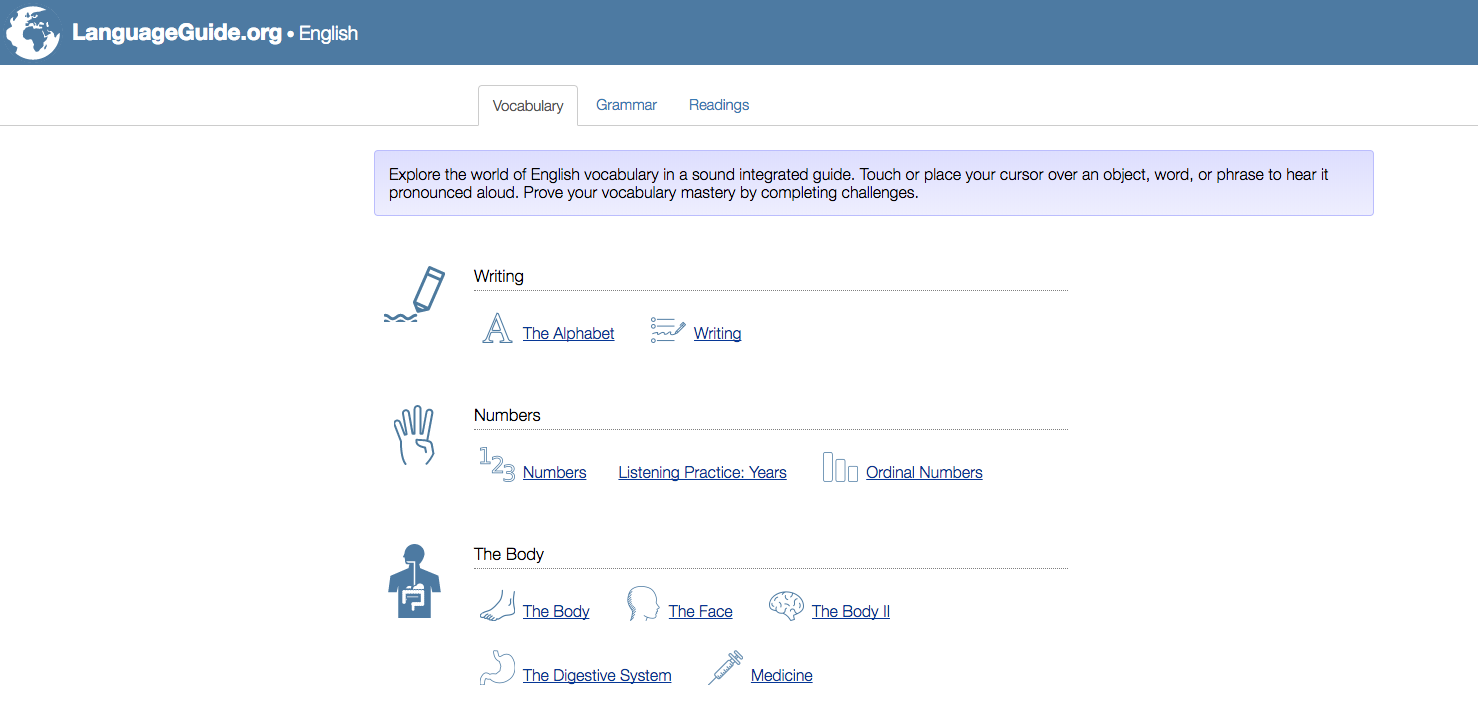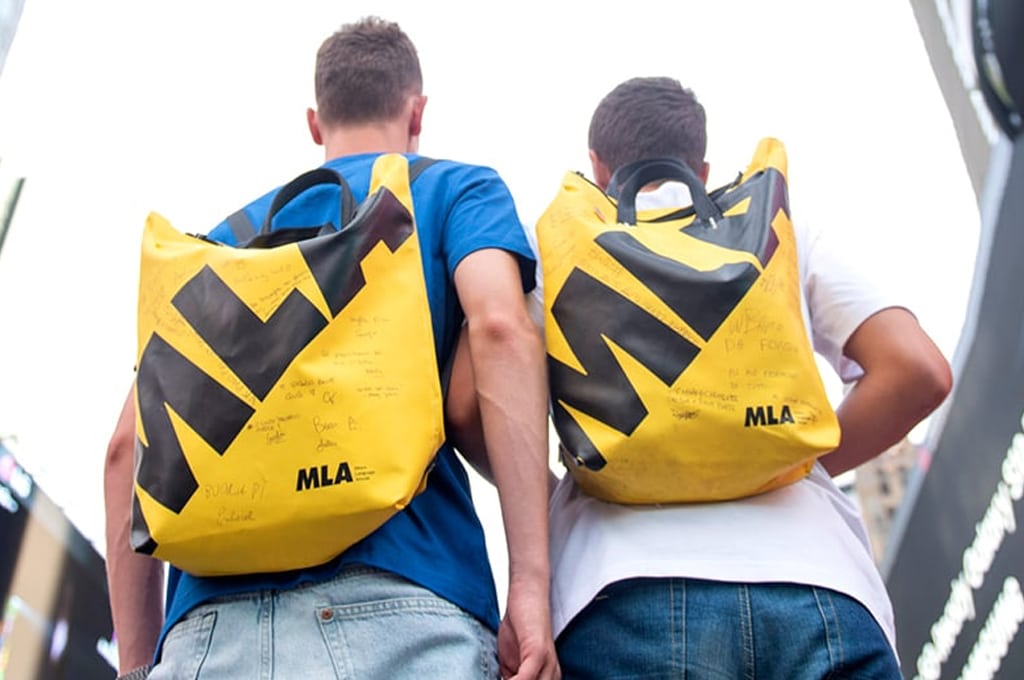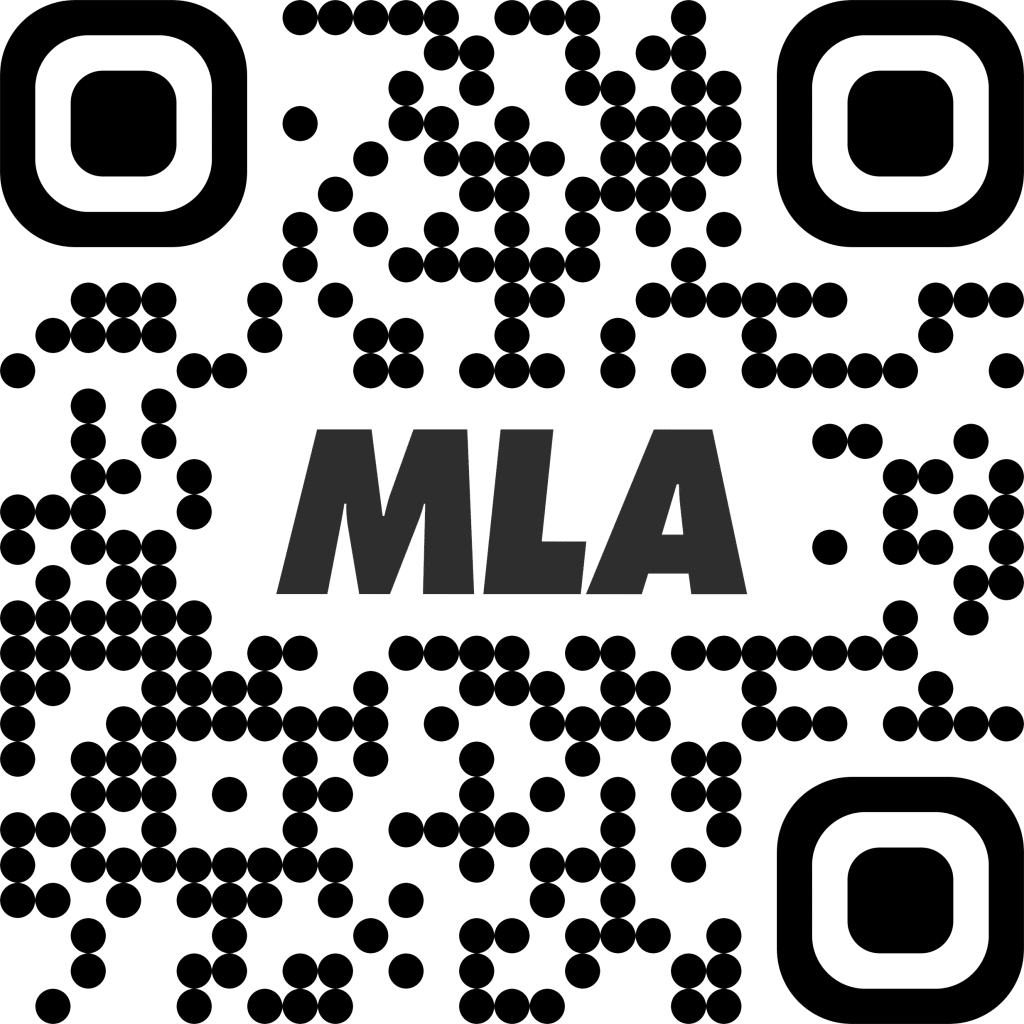There are a number of free websites which offer “Talking Dictionaries”. These are visually based websites that have pictures of objects, the text and the audio all in one place. These can be pretty useful because you can direct students to them to study at the home and then do activities in the classroom to work with and practice the vocabulary.
It might seem an odd name for a website but it does offer some useful free content. I have watched this site grow and grow over the years and now it offers a really comprehensive of genres and even content in different langauges. Just click on the topic you are interested and an image should open that offers clickable audio files. I am afraid there is advertising on the website, but I guess that is the price you pay for having a free site.
If you look above the images, you will see there are a number of exercise types. The students can use these to revise and practice the vocabulary. The level tends to vary enormously so make sure you look at them before your recommend them to your students. Unfortunately, the exercises are only word based and we don’t hear the words in context, which I generally prefer This is the order that I normally suggest that the students do the exercises in when studying the words at home.
Match 2– Students have to drag the correct word to the image
Match 3– Students click on the audio and then drag it below the correct picture ( they must drag it into the correct spot)
Match 1– Students hear the sound and then match it to the written word
Fill in– Students have the picture and have to write the correct word
Dictation-This is the toughest exercise as students have to write the word out
I used this website when I was studying Chinese and I found it really useful even though it only has the word on its own and not said in a sentence. The big benefit to these sites is the audio quality, which is very good. I have also noticed that you can also choose between an American English accent or an English accent in the settings. This is quite a recent feature.
This is another site that has grown and grown and is also free. Simply choose the language that you want to learn and then will be a whole range of word groups that you can choose from. Click on a word group and you get an image that you can move your mouse over to hear the audio played. One image will often have as many as 15-20 language items. Like Learning Chocolate, the level seems to vary a lot. When I made use of this site, I tended to limit the students to learning just 8-10 vocabulary items.
Similar to Learning Chocolate, there are also related exercises. The ‘Listening Challenge’ is pretty simple but useful for quick revision. The students hear a word and then click on the correct image. The speaking activity is not quite so useful. The idea is that the students should say the word selected and then click on the play button to see if they got the word correct or incorrect.
With both of these sites, on big advantage is there is no need to sign in or provide any data. Students can just access them immediately and start learning straight away.
Some teaching ideas
Idea one (lower level)
Let’s say you ask the students to study one of the pages on body parts. The students study them at home. In class, you print out copies of the sheet and then cut up all the parts of the body into small cards. You then put these in an envelope. You will probably need to make about 5-6 envelopes for the whole class. Now put the students into groups of 5-6 students. One student takes out an image from the envelope and shows it to the next person on their left and asks ‘What is this?’ The student has to name it. Then that person now takes the envelope, they take out another card and then show it to the person on their left who has to name it. If a person, can’t name an object or names it incorrectly, they are out of the game and can only watch but not play. The student must then ask the same question to the next person in the group. The winner is the last person or persons in the game.
Example
Student one Takes out picture- What is this?
Student two An arm
Student two Takes out a picture –What is this?
Student three Head ( no incorrect-student is now out of the game-envelope)
Student two Repeats question to student 4- What is this?
Student four An ear
Student four Now continues
Idea two ( higher level)
You can use the same envelopes for this game. Students work in groups of 4 or 5 and each have one envelope. They take out a picture and then describe it. They are allowed to say what is the first letter of the word and the last letter and they are allowed to define it but not say it. The rest of the group have to guess the word. The person who guesses the word first, keeps it. Now the student on the left takes the envelope and takes out a picture and defines it. Again the first person to guess the word, gets it. The winner of the game is the person who has the most cards.
Example
Student A- It begins with k and ends with e. It is connected to the leg.
Student C- Knee ( student A gives card to student C)
Student B- You have 5 on your hand. It begins with f and ends with r
Student A- Fingers ( Student B gives card to student A)
For a really quick review on YouTube of these two sites and what they can do. Watch this video
https://www.youtube.com/watch?v=cTq9On77My8&feature=youtu.be
Russell Stannard
Russell Stannard is the founder of TeacherTrainingVideos.Com and the Associate Trainer at NILE. He was the previous winner of the Times Higher ‘Outstanding Technology Initiative’, the British Council ‘Technology Innovation Award’ and the University of Westminster ‘Excellence in Teaching Award.’ He trains teachers all over the world, especially in the use of technology in language teaching.











